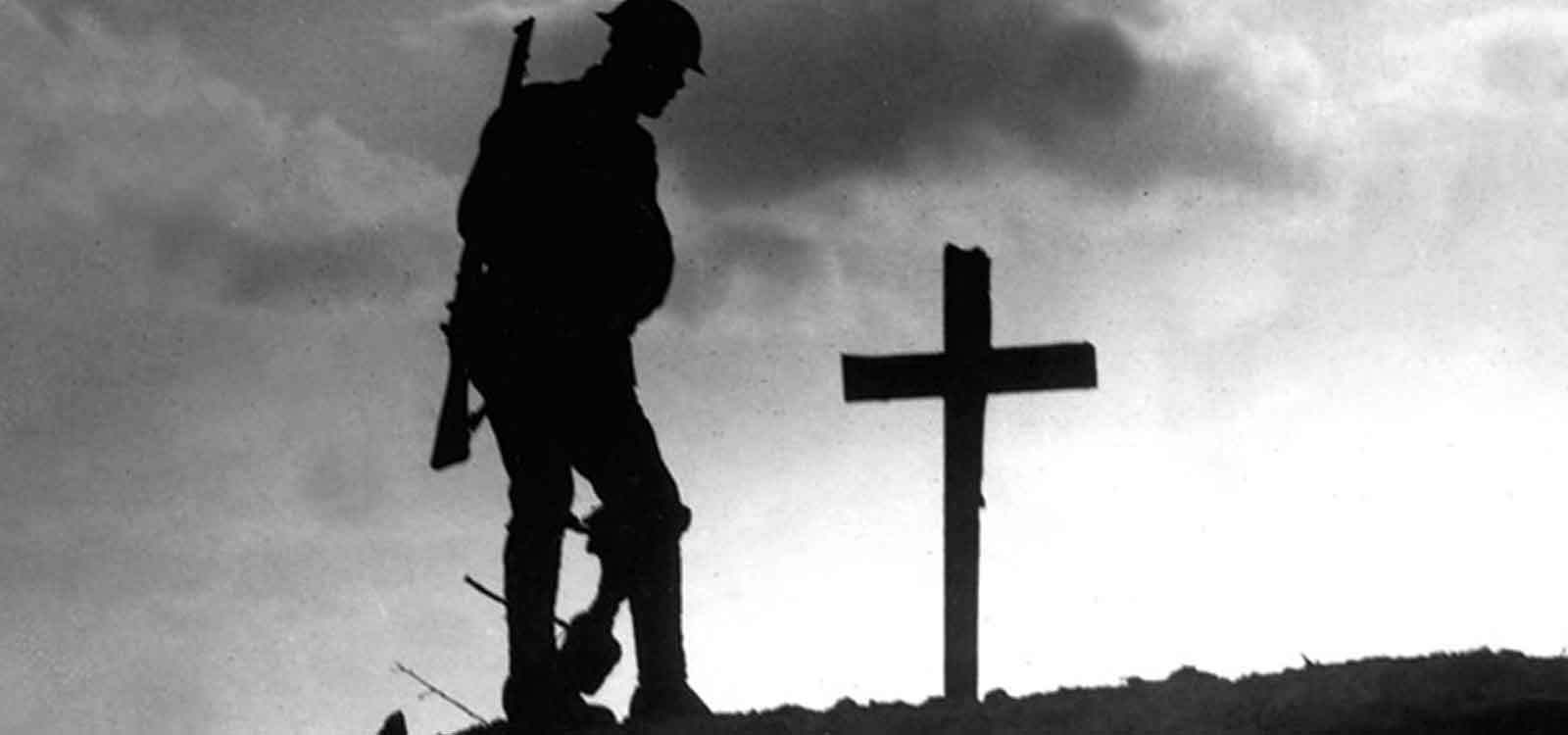
Harry Dunn was from Brislington, Bristol. He enlisted for service with the South Midland Brigade, Royal Field Artillery on 20 May 1915. He gave his trade as a joiner’s mate. His army medical sheet records that he was 5 feet 3 inches tall and of ‘good’ physical development. Upon enlistment, he gave his next of kin as his uncle, Albert Keepin, of 5 Sandwich Road, Brislington.
Harry served as a driver with B Battery, 240 Brigade RFA, as part of the 48th (South Midland) Division and served with the British Expeditionary Force on the Western Front. Harry joined his unit in France on 6 October 1915. In 1916, he fought at the Battle of the Somme. In the spring of 1917, Harry’s unit was involved in the actions to follow up the German withdrawal to the Hindenburg Line, and later in the year, fought in the Third Battle of Ypres.
Tragically, while Harry was serving on the Western Front, his uncle, Albert Keepin died in a work-related incident. In November 1917, Harry and his unit were transferred to the Italian Front, where he would serve until January 1919. While serving in Italy Harry was involved in the fighting on the Asiago Plateau in June 1918, and in the Battle of Vittoria Veneto in early November 1918. The fighting in Italy ended on 4 November 1918.
Harry returned home at the start of 1919, giving his address as 5 Sandwich Road, Brislington. Sadly, Harry died of pneumonia only a month later on the 20 February 1919, just days before he was due to be discharged from the army.
Harry was awarded the 1914-15 Star, British War Medal, and Victory Medal for his service. His medals were claimed by a relative, Alice Dunn, who at the time was linked to Newport, Monmouthshire. The medals were sent to Harry’s brother William, who was living in Sydenham in Ontario, Canada in October 1920. Alice was also the beneficiary of Harry’s effects, the sum of £147 15s 7d.
There is an interesting footnote to Harry’s story. As Harry was still in service when he died, he was eligible for commemoration as a First World War casualty. However, for some reason, Harry’s name was not recorded - this may have been due to an admin error, as his service papers had already been marked up for his discharge, and therefore it is possible that the clerk simply did not go back to update them following Harry’s death. Therefore the army had presumed Harry had been discharged, rather than dying in service.
Whatever the reason, Harry’s name was not recorded in the official records until researchers discovered the error in 2004. Evidence was provided to show that Harry was entitled to be commemorated by the Commonwealth War Graves Commission and his name was added to the official record of those who had died.
What was still unknown was where Harry was buried. Harry’s name was therefore added to the Brookwood 1914-1918 Memorial. Fast forward nearly 20 years and further research came to light to suggest that Harry had been buried in Arnos Vale Cemetery in Bristol, just a short distance from his home in Sandwich Road.
Working with the Arnos Vale Cemetery Trust, it was identified where Harry has been buried in 1919, and in August 2023, the Commonwealth war Graves Commission installed a special memorial headstone, close to the spot where Harry had been buried, as it was not possible to mark the actual grave.

